Exploring lesser-known natural wonders can be a thrilling adventure. These hidden gems often offer breathtaking beauty and fascinating histories. This list uncovers some of the world’s most stunning and overlooked natural wonders. Discover the unique origins and histories of these remarkable places.
The Wave, Arizona, USA

The Wave in Arizona is a striking rock formation known for its undulating, wave-like appearance. It is located in the Coyote Buttes North area of the Paria Canyon-Vermilion Cliffs Wilderness. The sandstone formation dates back to the Jurassic period, approximately 190 million years ago. Its unique shape is the result of wind and water erosion over millennia. Visitors to The Wave often describe it as a photographer’s paradise due to its vibrant colors and surreal patterns. However, accessing this natural wonder is no easy feat. Only 20 permits are issued daily to protect the fragile environment.
Grand Prismatic Spring, Wyoming, USA
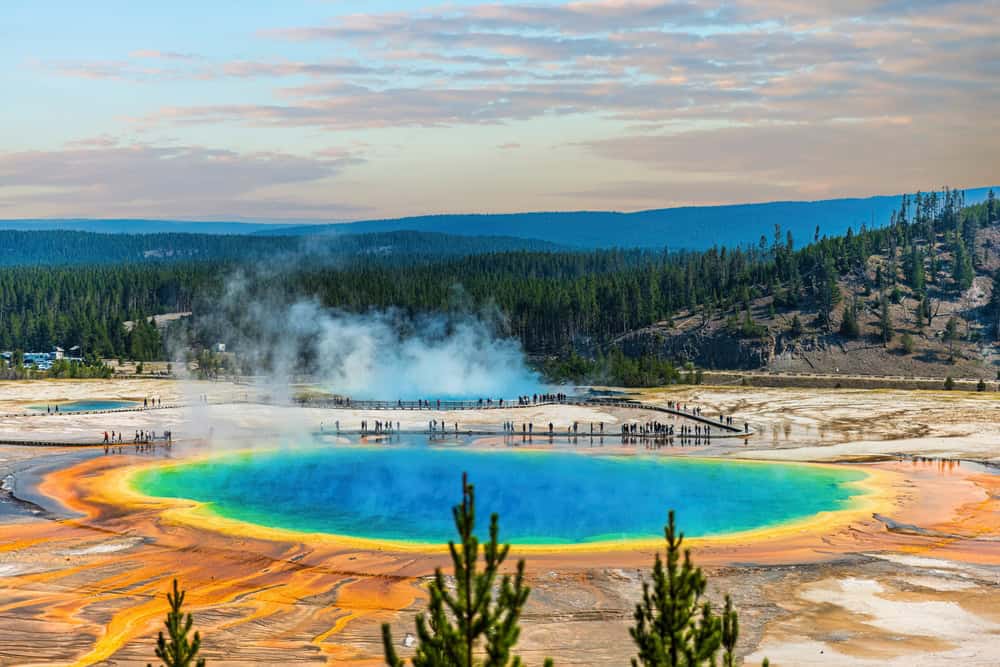
Grand Prismatic Spring is the largest hot spring in the United States and the third largest in the world. It is located in Yellowstone National Park, Wyoming. This stunning geothermal feature is renowned for its striking colors, which resemble a rainbow. The vivid hues are created by microbial mats that thrive in the spring’s mineral-rich waters. The spring was first described by European explorers in the early 1800s. Its name reflects its incredible color spectrum, reminiscent of a prism. Today, Grand Prismatic Spring attracts thousands of visitors each year.
Marble Caves, Chile
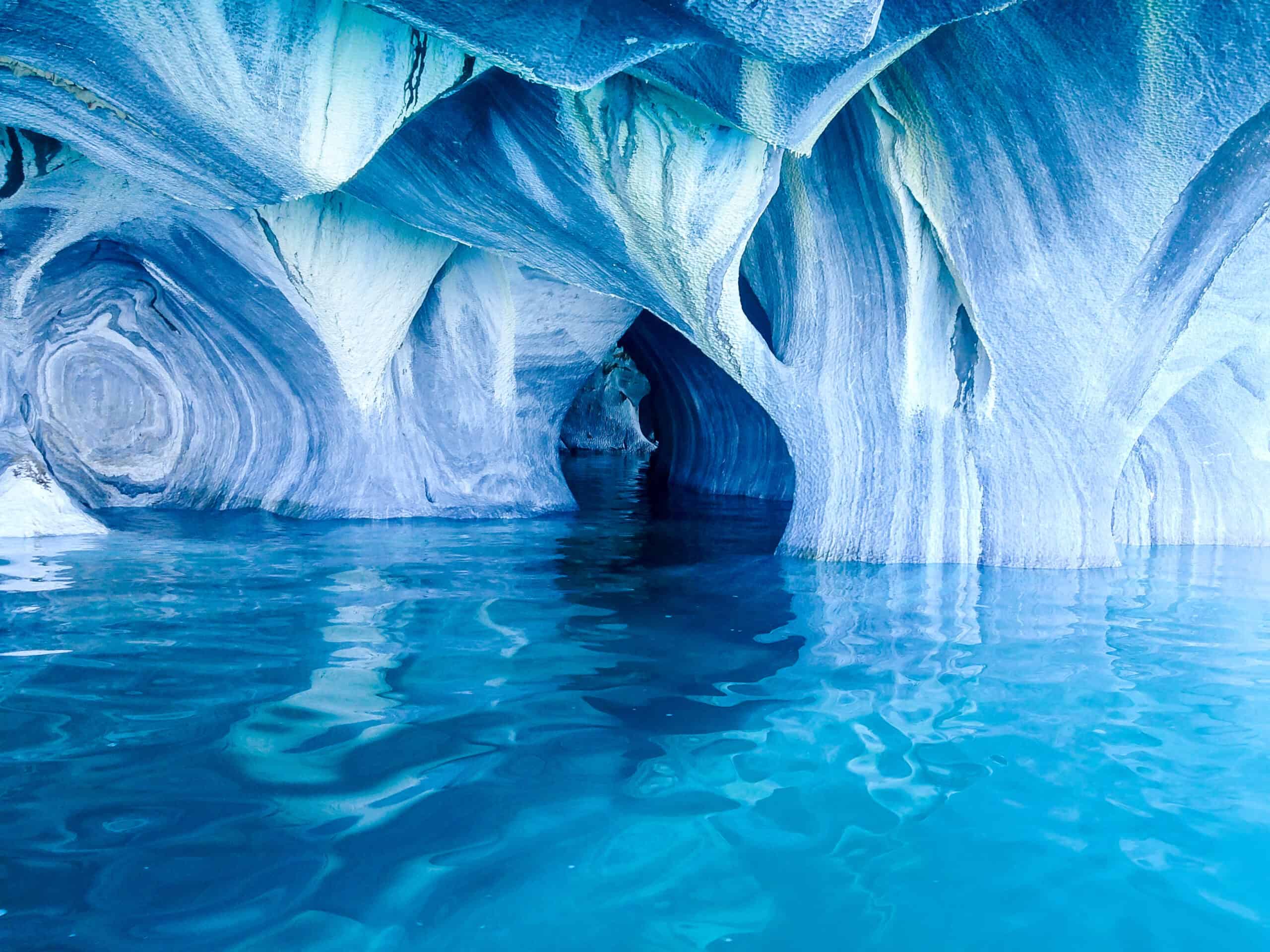
The Marble Caves, located in the General Carrera Lake in Patagonia, Chile, are a natural wonder formed over 6,000 years. These stunning caves feature smooth, swirling walls of blue marble, sculpted by the lake’s waters. The caves are accessible only by boat, adding to their allure and mystique. The caves’ colors and shapes change depending on the water level and time of year. During spring, the waters reflect a brilliant turquoise hue, enhancing the caves’ beauty.
Tianzi Mountains, China
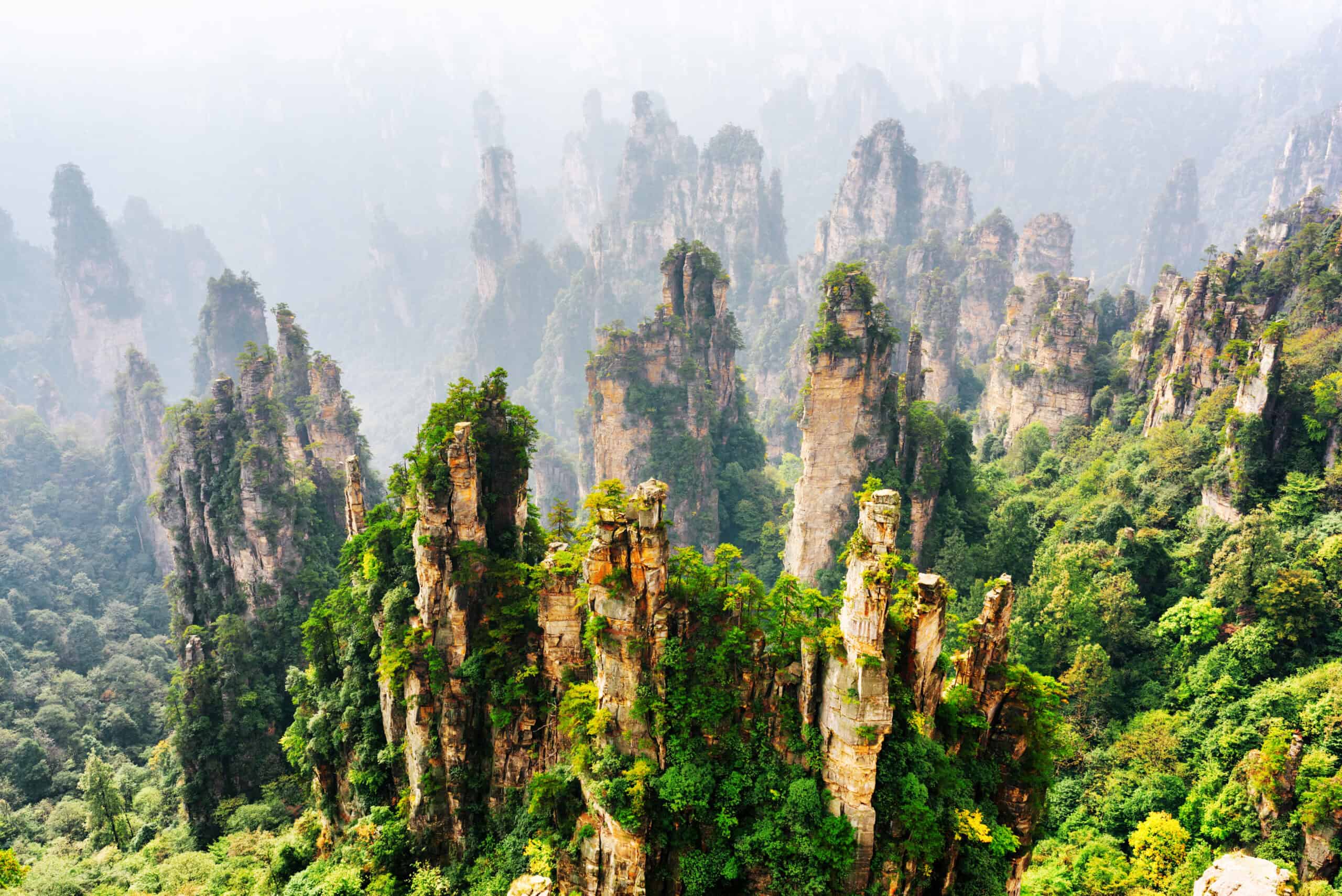
The Tianzi Mountains, located in the Hunan Province of China, are renowned for their towering sandstone pillars. These peaks rise dramatically from the earth, creating a breathtaking landscape that appears otherworldly. The mountains were formed over 300 million years ago through tectonic movements and erosion. Legend has it that the mountains were named after a local farmer who led a peasant revolt and declared himself Tianzi, or “Son of Heaven.” The area’s unique geography inspired the floating mountains in the movie Avatar.
Socotra Island, Yemen
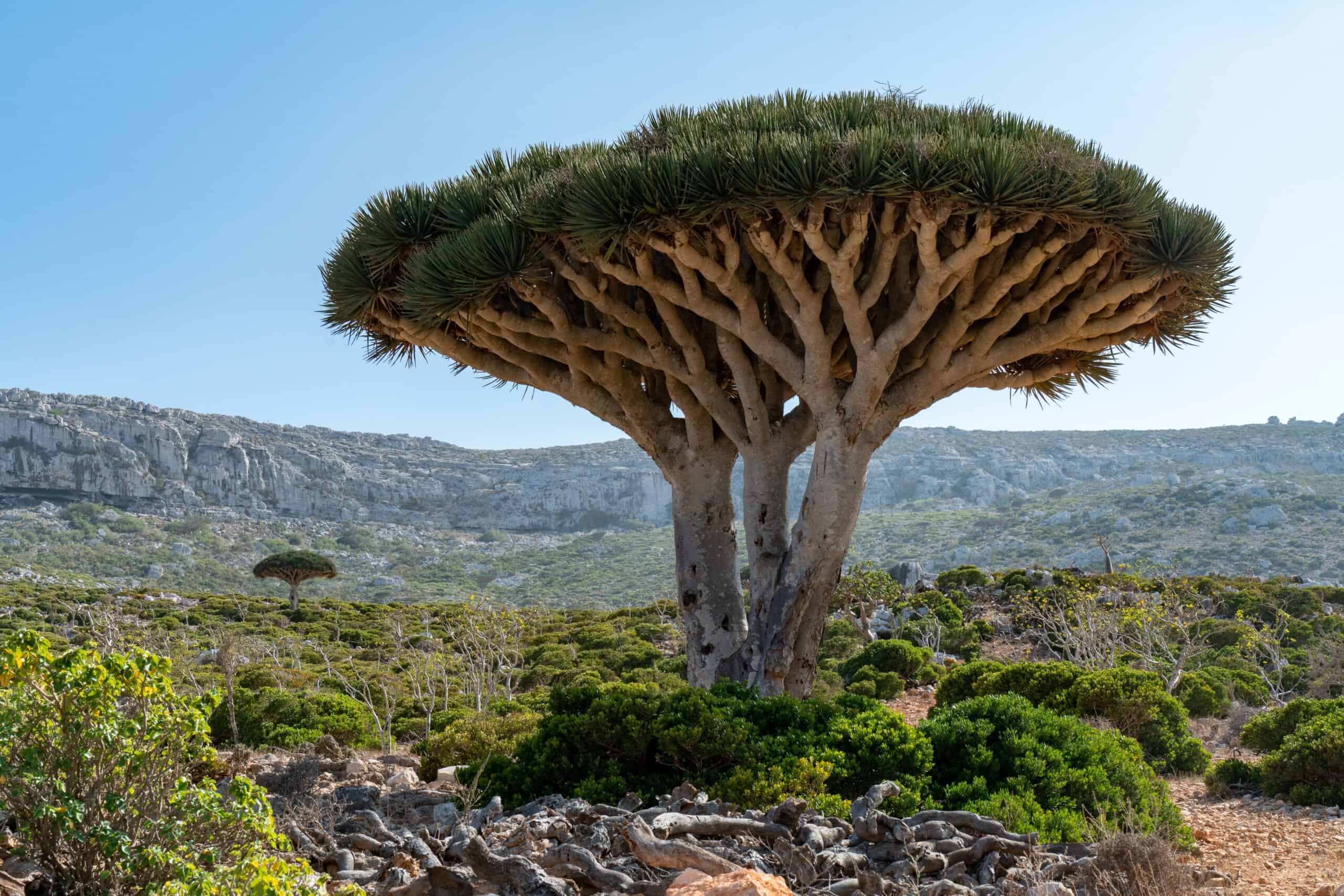
Socotra Island, part of an archipelago in the Arabian Sea, is often described as the most alien-looking place on Earth. Its unique flora and fauna have evolved in isolation for millions of years. The island is home to the Dragon’s Blood Tree, which has a distinctive umbrella shape and red sap. Socotra’s isolation has preserved its unique biodiversity. The island’s name is believed to derive from Sanskrit, meaning “Island of Bliss.” Despite its remote location, Socotra attracts eco-tourists and researchers.
Fly Geyser, Nevada, USA
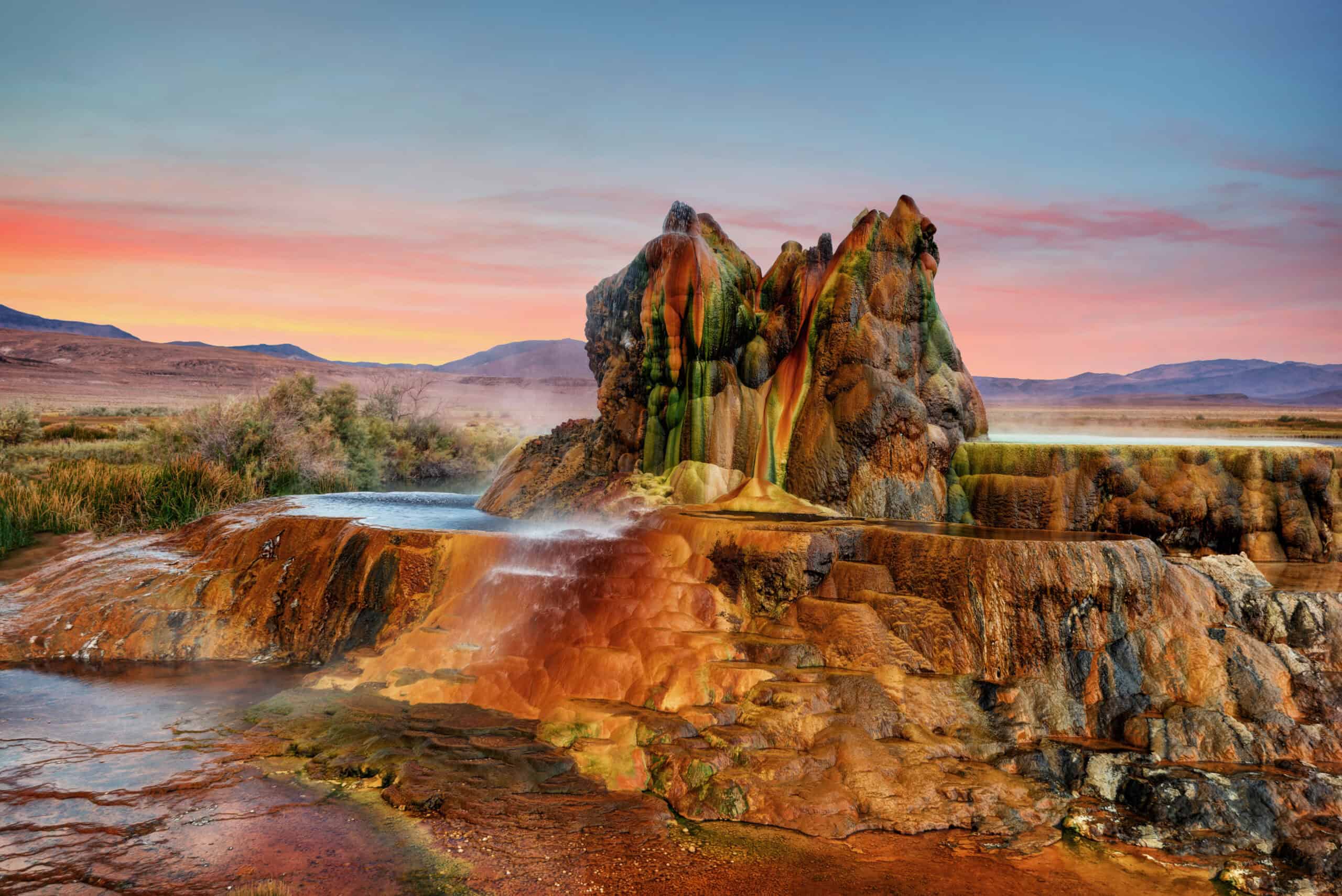
Fly Geyser, located on private land in Nevada, is a man-made geothermal geyser that formed accidentally. In 1964, a well-drilling attempt hit a geothermal pocket, creating this colorful and constantly erupting geyser. The mineral-rich waters have built up mounds over time, resulting in vibrant hues of red and green. Fly Geyser is not open to the public, but occasional tours are arranged through private agreements. Its striking appearance and continuous eruption make it a fascinating sight.
Door to Hell, Turkmenistan

The Door to Hell is a natural gas field in Turkmenistan that has been burning continuously since 1971. Located in the Karakum Desert, it was initially a drilling site for Soviet scientists. When the ground collapsed, it exposed a massive crater filled with natural gas. To prevent the spread of methane, the scientists set it alight, expecting it to burn out within weeks. Instead, the crater has been burning for over 50 years, creating a hellish appearance. The site has become a tourist attraction, drawing visitors to witness the surreal flames.
Lake Hillier, Australia

Lake Hillier, located on Middle Island off the coast of Western Australia, is famous for its vibrant pink color. The lake’s striking hue is due to the presence of Dunaliella salina algae and high salt content. Unlike other pink lakes, Lake Hillier maintains its color year-round. Discovered in 1802 by explorer Matthew Flinders, Lake Hillier has fascinated scientists and tourists alike. The lake is surrounded by eucalyptus forests and separated from the ocean by a narrow strip of sand.
Pamukkale, Turkey
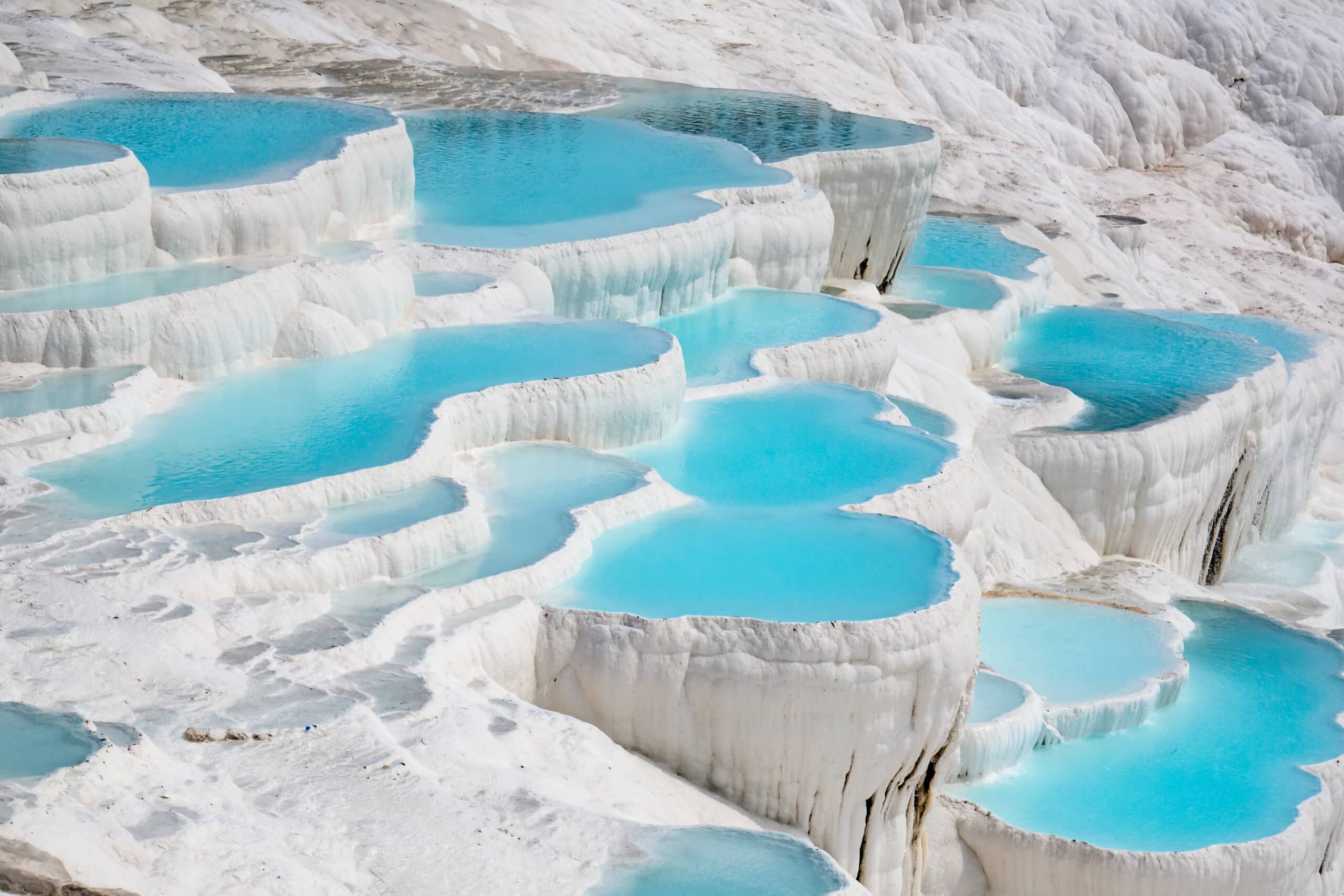
Pamukkale, located in southwestern Turkey, is a natural site known for its terraces of travertine. These terraces are created by the flowing hot springs that deposit calcium carbonate. The terraces’ brilliant white appearance resembles a cascading waterfall made of snow. The name Pamukkale means “cotton castle” in Turkish, reflecting its ethereal beauty. The site has been a spa since ancient times, with the Greeks and Romans using it for its thermal waters.
Salar de Uyuni, Bolivia
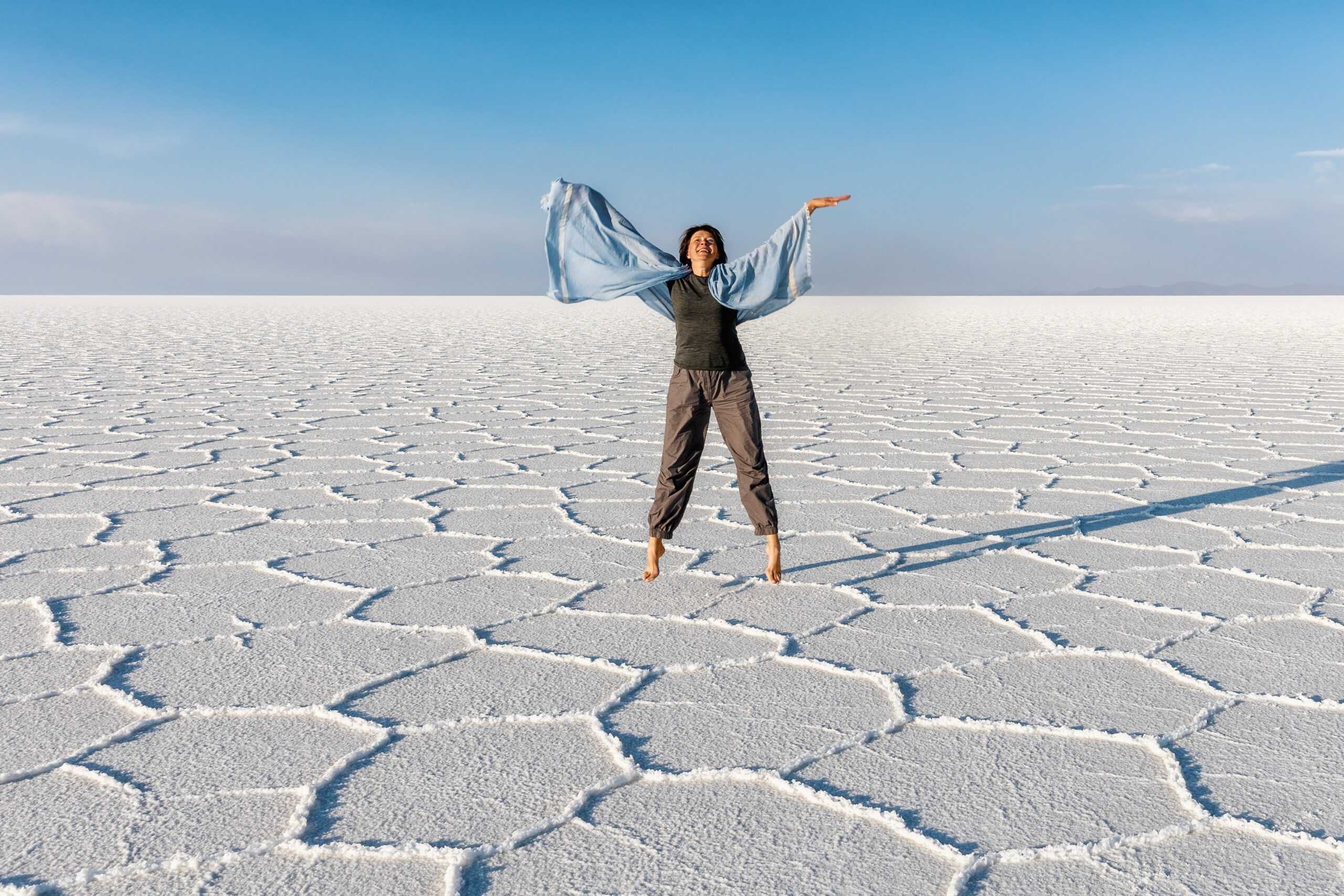
Salar de Uyuni in Bolivia is the world’s largest salt flat, spanning over 10,000 square kilometers. It was formed from prehistoric lakes that evaporated, leaving behind a thick crust of salt. During the rainy season, the flats become a giant mirror, reflecting the sky and creating surreal landscapes. This phenomenon makes it a popular destination for photographers and travelers. The area is rich in lithium, a key component in batteries, making it significant for the mining industry. Salar de Uyuni also contains cacti-studded islands and unusual rock formations.
Antelope Canyon, Arizona, USA
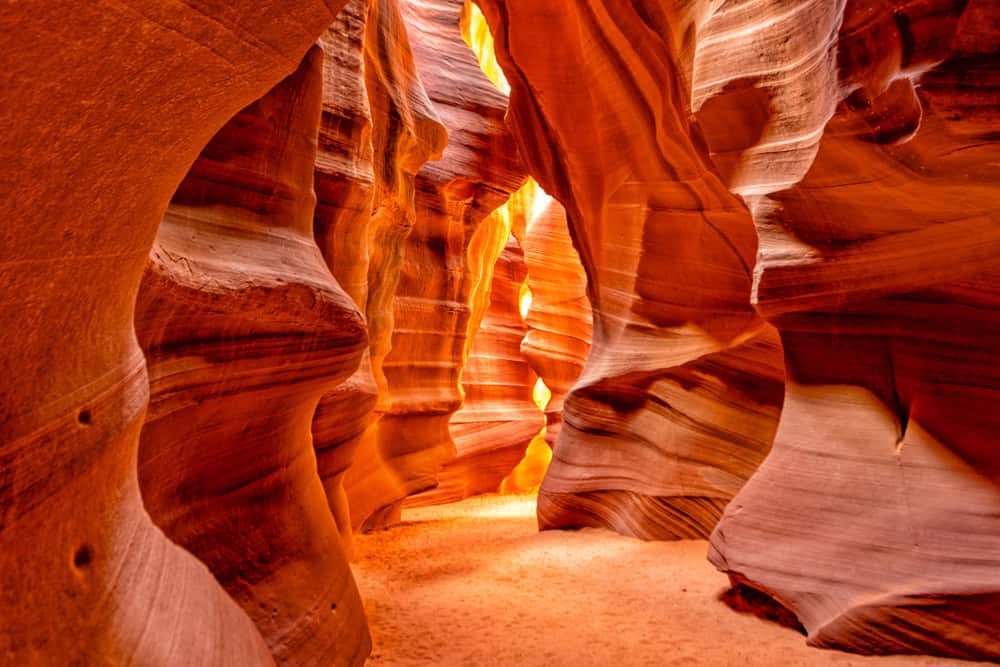
Antelope Canyon, located in northern Arizona, is a slot canyon renowned for its stunning, wave-like structure and light beams. The canyon was formed by erosion of Navajo sandstone, primarily due to flash flooding. Its narrow passageways and smooth, flowing rock formations create an otherworldly atmosphere. Photographers flock to the canyon to capture the enchanting play of light and shadow. The canyon is divided into two sections: Upper Antelope Canyon, known as “The Crack,” and Lower Antelope Canyon, known as “The Corkscrew.” Both sections offer unique views and experiences.
Plitvice Lakes, Croatia
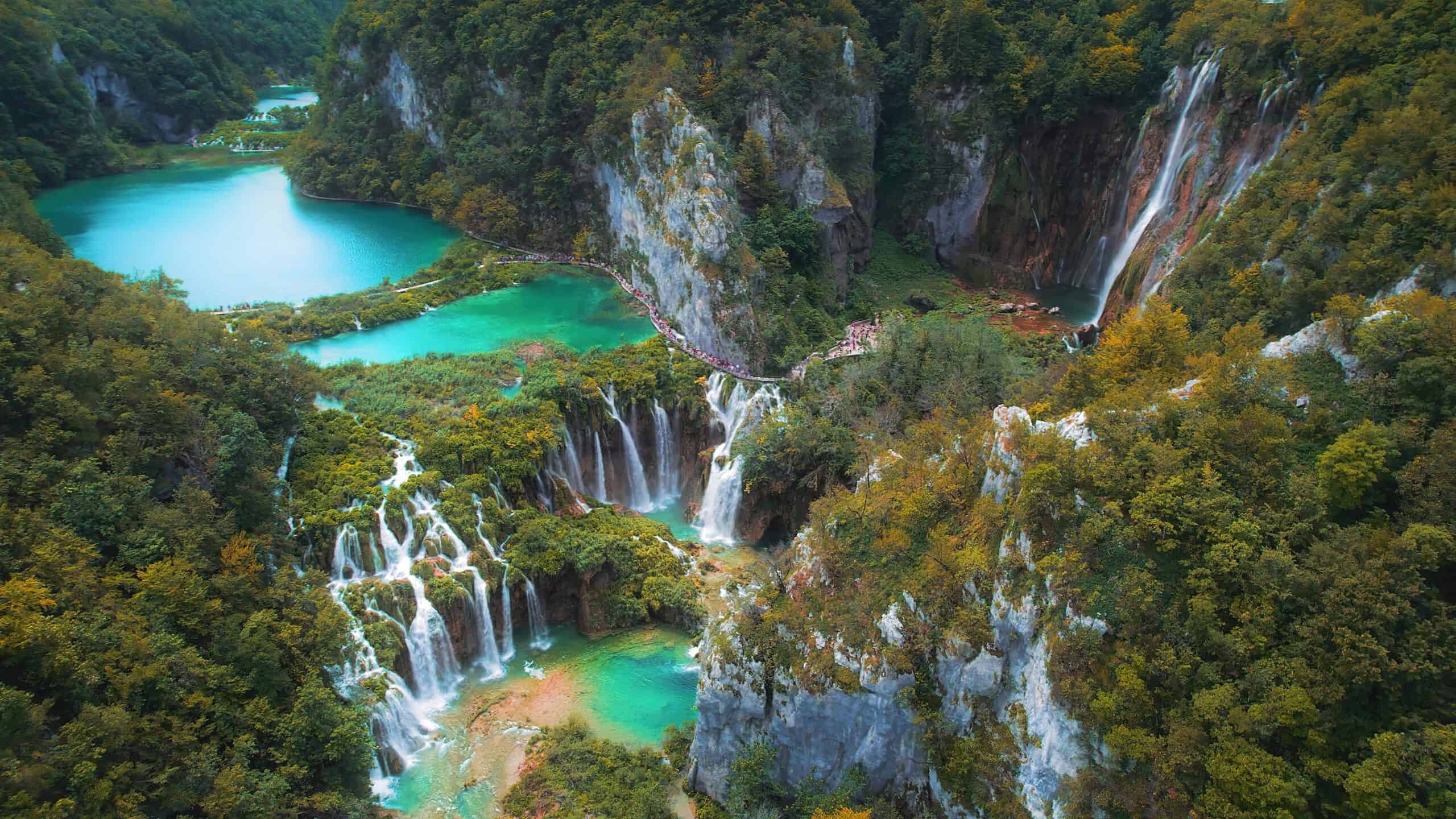
Plitvice Lakes National Park in Croatia is a stunning natural wonder featuring a series of cascading lakes and waterfalls. The park covers nearly 300 square kilometers and is renowned for its turquoise waters and lush greenery. The lakes are interconnected by waterfalls and surrounded by dense forests. This unique landscape was formed by the deposition of travertine barriers over thousands of years. The park was established in 1949 and became a UNESCO World Heritage site in 1979. It is home to diverse flora and fauna, including rare species like the European brown bear.
Red Beach, China
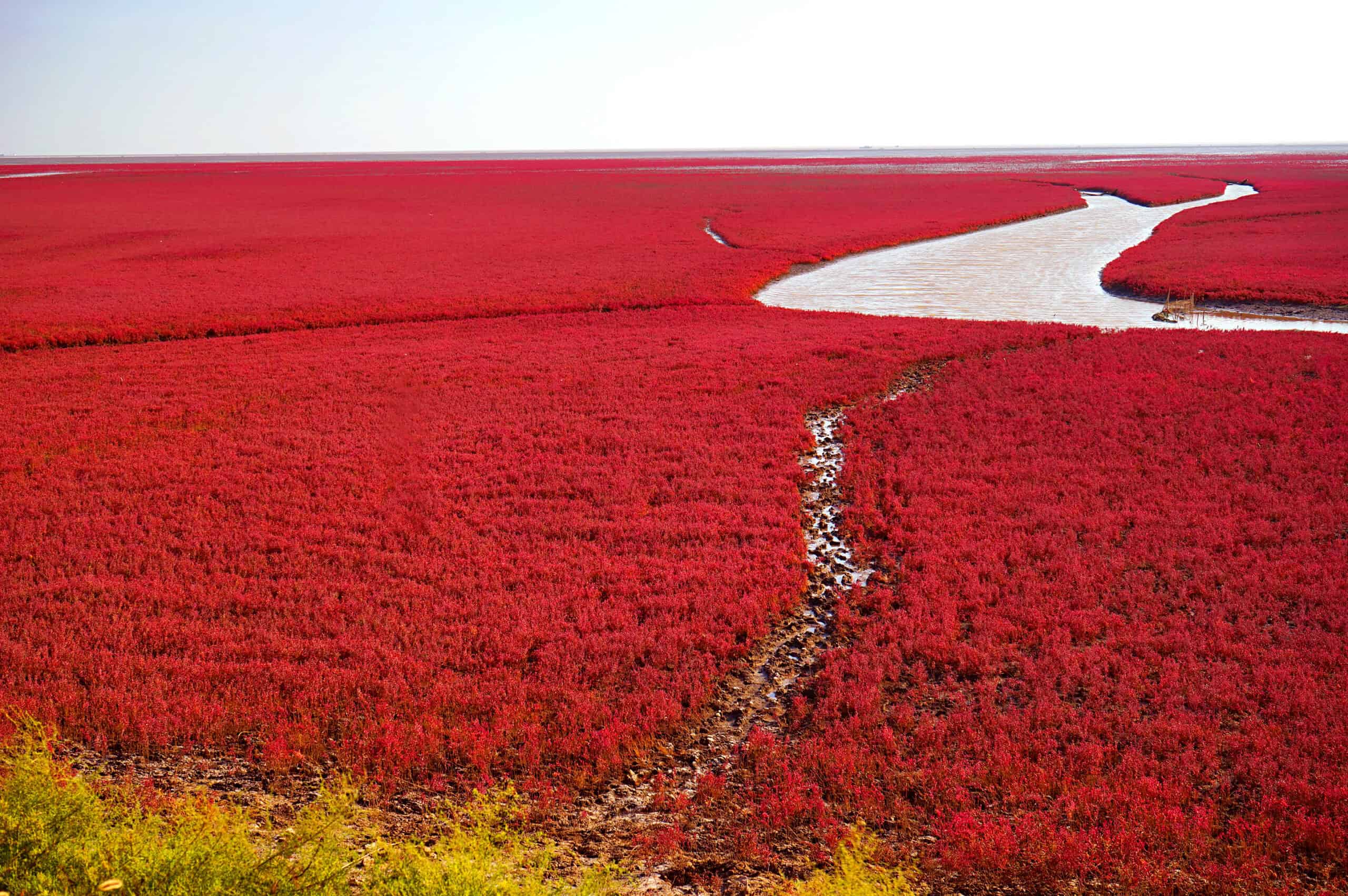
Red Beach, located in the Liaohe River Delta in China, is famous for its vibrant red-colored seagrass. The seagrass, known as Sueda, turns red in autumn, creating a striking contrast with the blue water and sky. The beach is part of the largest wetland and reed marsh in the world. It provides a habitat for over 260 bird species, including the endangered red-crowned crane. The area is a protected nature reserve, ensuring the preservation of its unique ecosystem. Visitors can explore the beach via a network of wooden walkways.
Naica Mine, Mexico
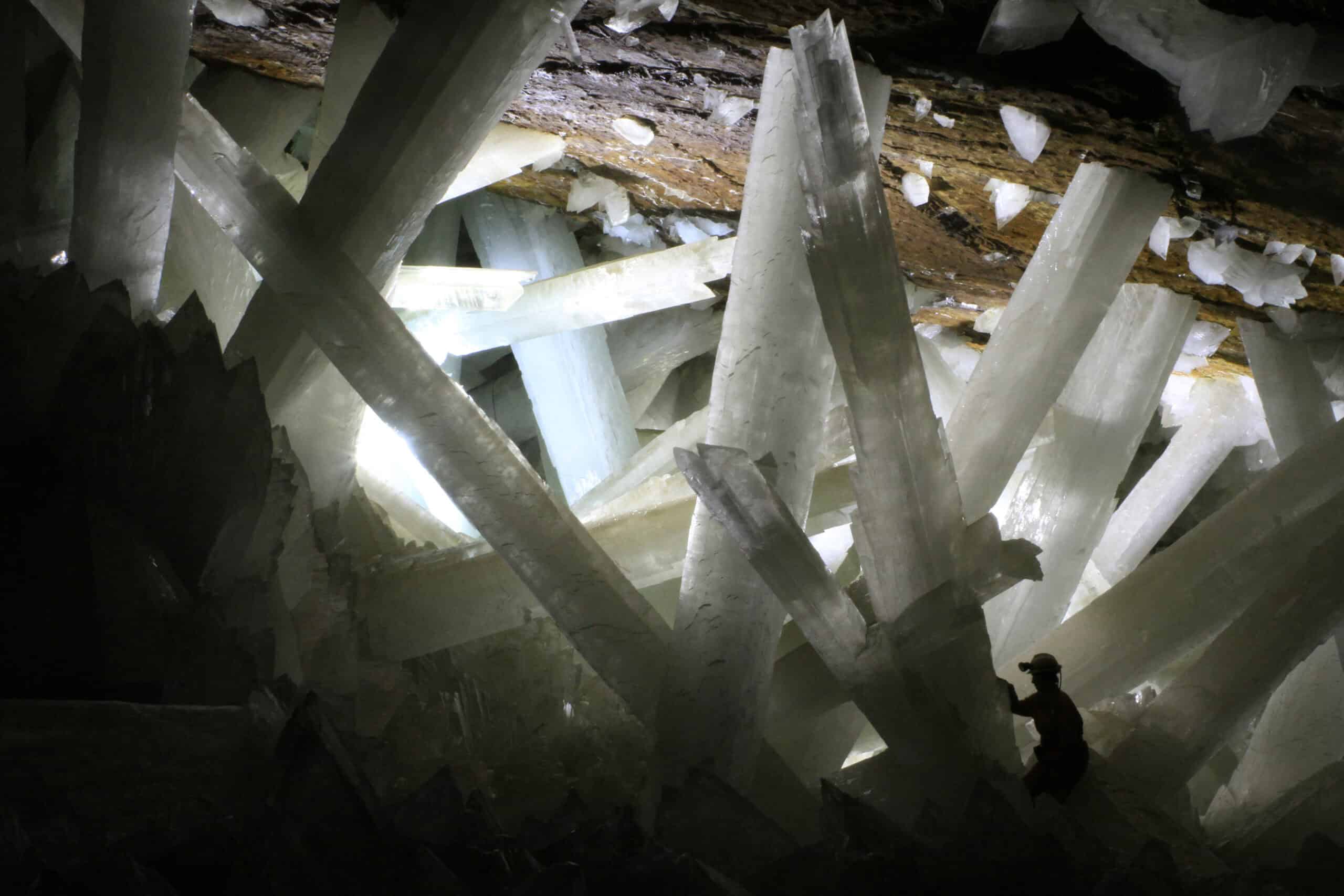
Naica Mine in Chihuahua, Mexico, is renowned for its giant selenite crystals. Discovered in 1910, the mine contains some of the largest natural crystals ever found, with some reaching up to 12 meters in length. The crystals were formed in underground caverns filled with mineral-rich water at a constant temperature. This unique environment allowed the crystals to grow over hundreds of thousands of years. The mine’s main attraction is the Cave of the Crystals, discovered in 2000.
Cano Cristales, Colombia
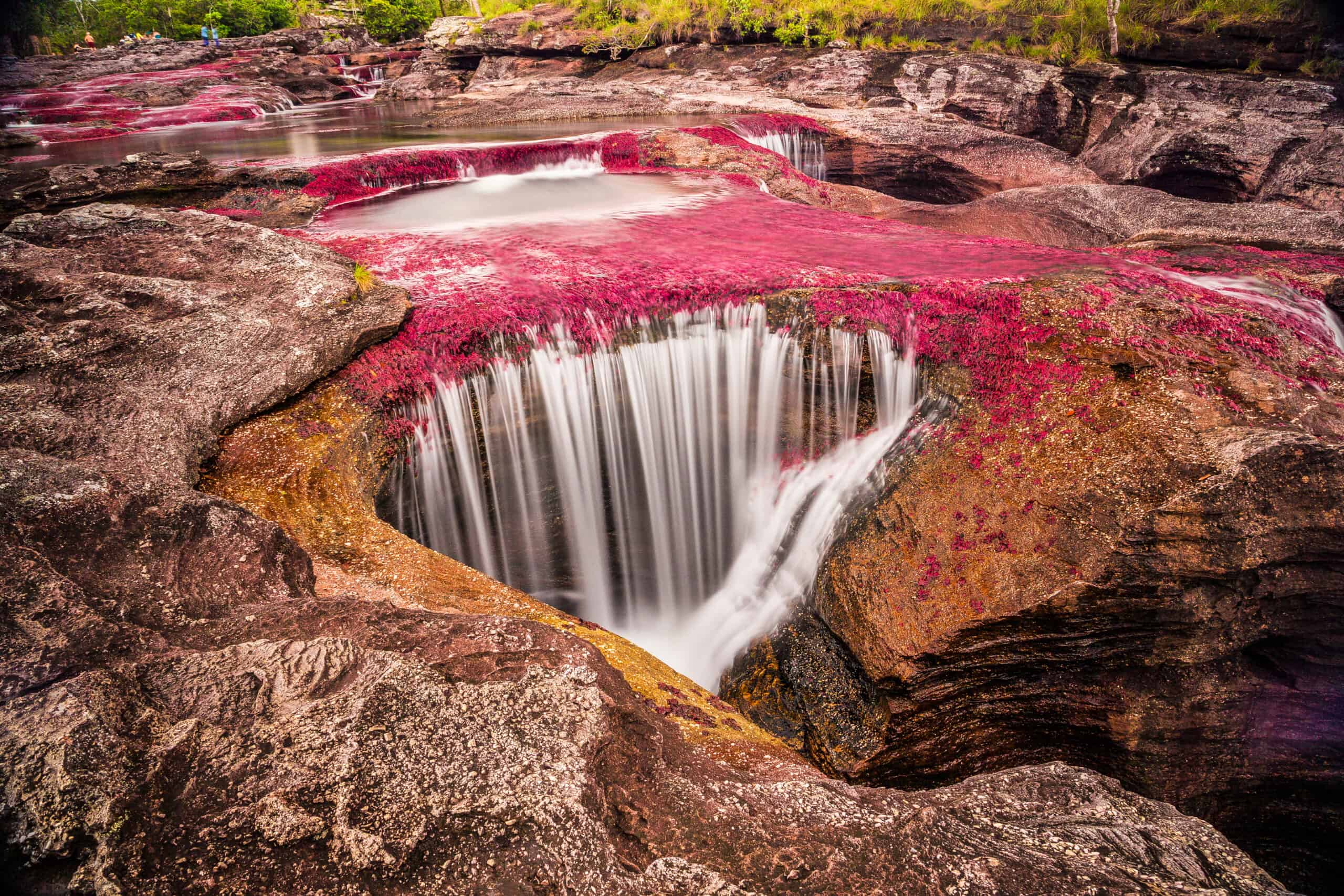
Cano Cristales, often called the “River of Five Colors,” is located in the Serrania de la Macarena province of Colombia. The river’s vibrant colors are due to a unique species of aquatic plant called Macarenia clavigera. During the wet season, these plants bloom in shades of red, yellow, green, blue, and black. This creates a stunning natural tapestry that changes with the seasons. The river flows through a remote and biodiverse region, home to many endemic species. Cano Cristales was once off-limits due to conflict, but it is now open to eco-tourism.
This article originally appeared on Rarest.org.
More from Rarest.org
The 10 Rarest Military Memorabilia and Their Worth

Collecting military memorabilia offers a glimpse into history’s pivotal moments. These rare items not only hold immense historical significance but also command high prices at auctions. Read More.
16 Top Upscale Urban Neighborhoods in the U.S.

Exploring upscale urban neighborhoods can offer a glimpse into the vibrant and luxurious lifestyles of America’s elite. Read More.
1970 Kennedy Half Dollar Value Guide

The only Kennedy half designed for circulation that contained any silver at all was the 1970 Kennedy Half Dollar, the last of the regular-strike silver-clad half dollars. Read More.
